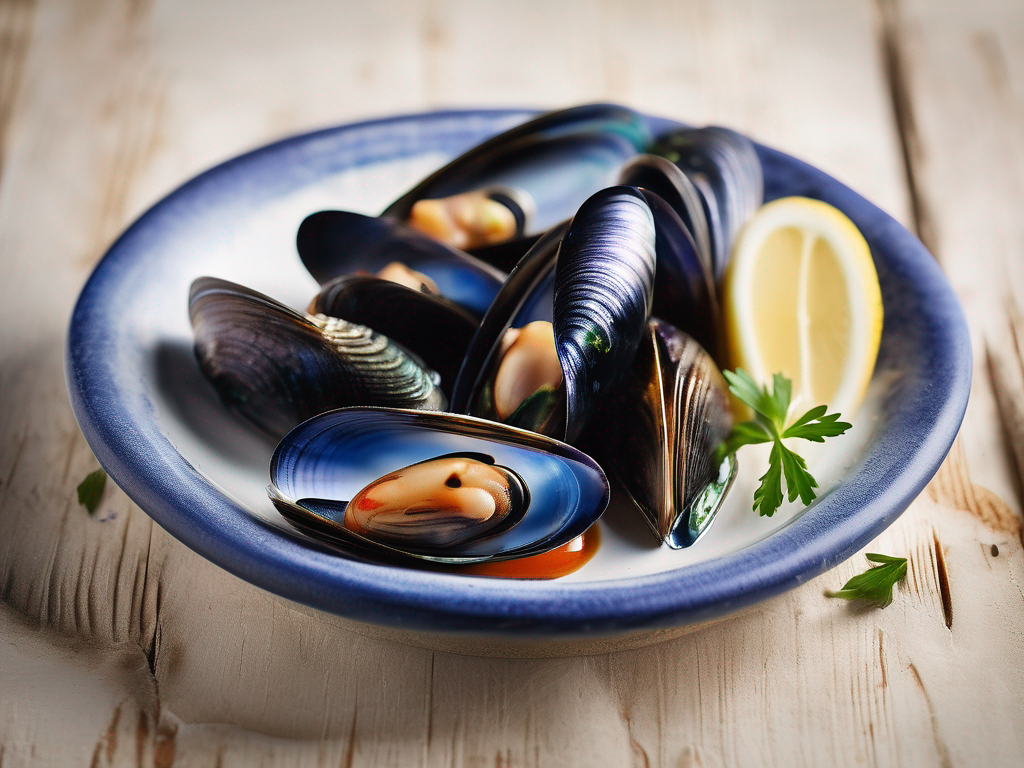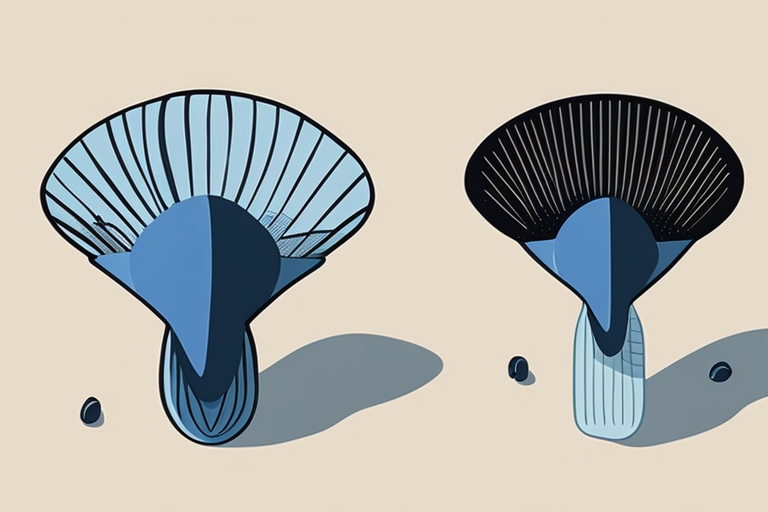
The Best Way to Store Blue Mussels to Prevent Spoilage
Get Your Free Food Safety Cheat Sheet
30 most common foods with instant answers. Print it and stick it on your fridge—completely free!
The Best Way to Store Blue Mussels to Prevent Spoilage
Blue mussels are a delicious and nutritious seafood option that can be enjoyed in a variety of dishes, from soups and pastas to steamed dishes. However, like all seafood, proper storage is crucial to ensure their freshness and safety. In this blog post, we will discuss the best way to store blue mussels to prevent spoilage and maintain their quality. (Blue mussel)
Understanding Blue Mussels
Blue mussels, scientifically known as Mytilus edulis, are bivalve mollusks that are commonly found in coastal waters. They are known for their sweet and briny flavor, making them a popular choice for seafood lovers. Blue mussels are a good source of protein, omega-3 fatty acids, vitamins, and minerals.
When buying blue mussels, it is essential to choose ones that are alive and fresh. Here are some tips to help you select high-quality blue mussels:
Selecting Fresh Blue Mussels
- Look for mussels that are tightly closed or ones that close when tapped.
- Avoid mussels that are cracked, broken, or have an unpleasant odor.
- Check the sell-by date on the package or ask the fishmonger for the harvest date.
Now that you have purchased fresh blue mussels, let's discuss the best way to store them to maintain their quality.
Proper Storage of Blue Mussels
Proper storage is key to preserving the freshness and flavor of blue mussels. Follow these guidelines to store blue mussels correctly:
1. Refrigeration
- Upon arriving home, remove the blue mussels from any plastic packaging or container.
- Place the mussels in a colander or a bowl.
- Cover the mussels with a damp cloth or paper towel. Avoid using an airtight container as it can suffocate the mussels.
- Place the colander or bowl in the refrigerator.
- Check the mussels daily and discard any that are open or do not close when tapped.
2. Temperature
- Blue mussels should be stored at a temperature between 32°F to 40°F (0°C to 4°C).
- Avoid storing blue mussels in the freezer as it can affect their texture and flavor.
3. Moisture
- Blue mussels should be stored in a damp environment to prevent them from drying out.
- Do not immerse the mussels in water as they may drown and die.
4. Air Circulation
- Proper air circulation is essential to prevent the build-up of bacteria and maintain the freshness of the mussels.
- Do not seal the mussels in an airtight container.
Safety Precautions
While storing blue mussels, it is crucial to follow safety precautions to prevent foodborne illnesses. Here are some safety tips to keep in mind:
1. Shellfish Allergies
- Be aware of any shellfish allergies before consuming blue mussels.
- Cross-contamination with other foods can trigger allergic reactions.
2. Cooking
- Blue mussels should be cooked thoroughly before consumption to kill any harmful bacteria.
- Discard any mussels that do not open during cooking.
3. Storage Time
- Consume blue mussels within 1-2 days of purchase for the best quality and flavor.
- Do not store cooked and raw mussels together.
Conclusion
Proper storage of blue mussels is essential to maintain their freshness and quality. By following the guidelines mentioned in this blog post, you can ensure that your blue mussels remain safe to eat and delicious to enjoy. Remember to always purchase fresh mussels from a reputable source and store them correctly to prevent spoilage. Enjoy your seafood dishes with confidence knowing that you have stored your blue mussels properly. (Blue mussel)

Authoritative Food Safety References
These agencies and university labs inform every tip and health precaution we publish.
USDA FoodKeeper – Cold Storage Guidelines
Official refrigerator, freezer, and pantry timelines maintained by the U.S. Department of Agriculture.
Visit USDA FoodKeeperFDA Produce Safety Rule & Grower Guidance
Field-to-fridge handling practices that prevent contamination of fruits, vegetables, and leafy greens.
Visit FDA Produce SafetyCDC Foodborne Illness Prevention Hub
Surveillance-backed guidance on pathogens, symptoms, and steps to reduce foodborne illness risk.
Visit CDC Food SafetyUC Davis Postharvest Technology Center
University research detailing optimal storage atmospheres for produce after harvest.
Visit UC Davis PostharvestPenn State Extension – Home Food Preservation & Safety
Peer-reviewed extension bulletins on safe canning, chilling, and reheating practices.
Visit Penn State ExtensionHow long can I store blue mussels in the refrigerator?
Can I freeze blue mussels for later use?
How do I know if blue mussels are safe to eat?
Can I store cooked blue mussels in the refrigerator?
Get Your Free Food Safety Cheat Sheet
30 most common foods with instant answers. Print it and stick it on your fridge—completely free! Want more? Upgrade to the complete guide with 70+ foods.
Scan your food directly and get instant safety info using our AI-powered camera feature.